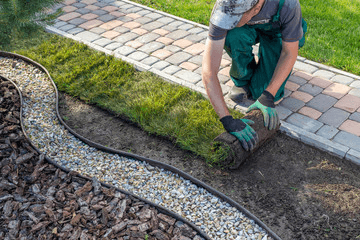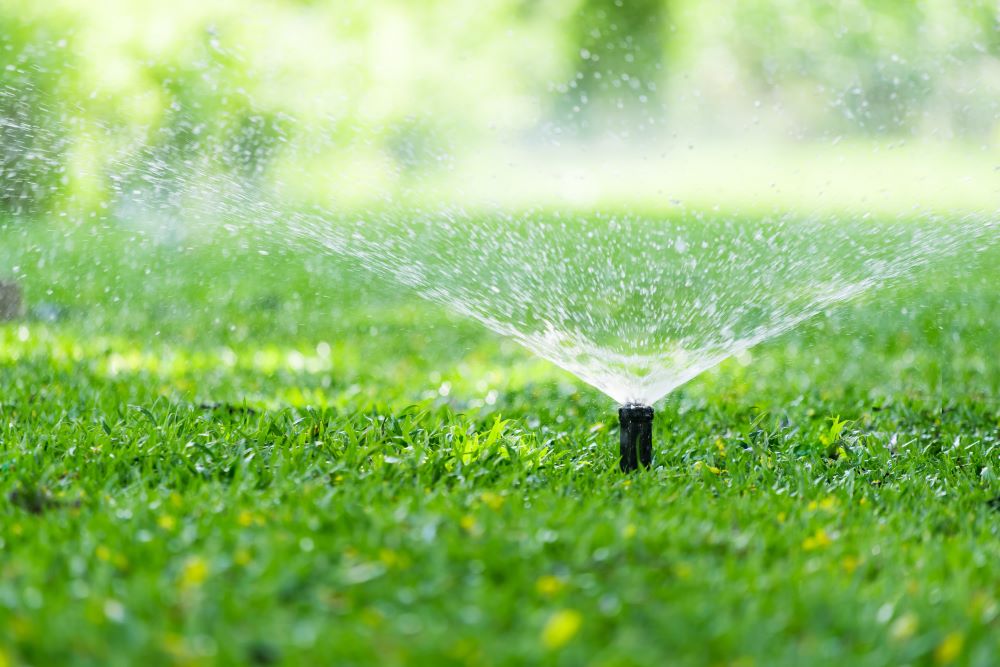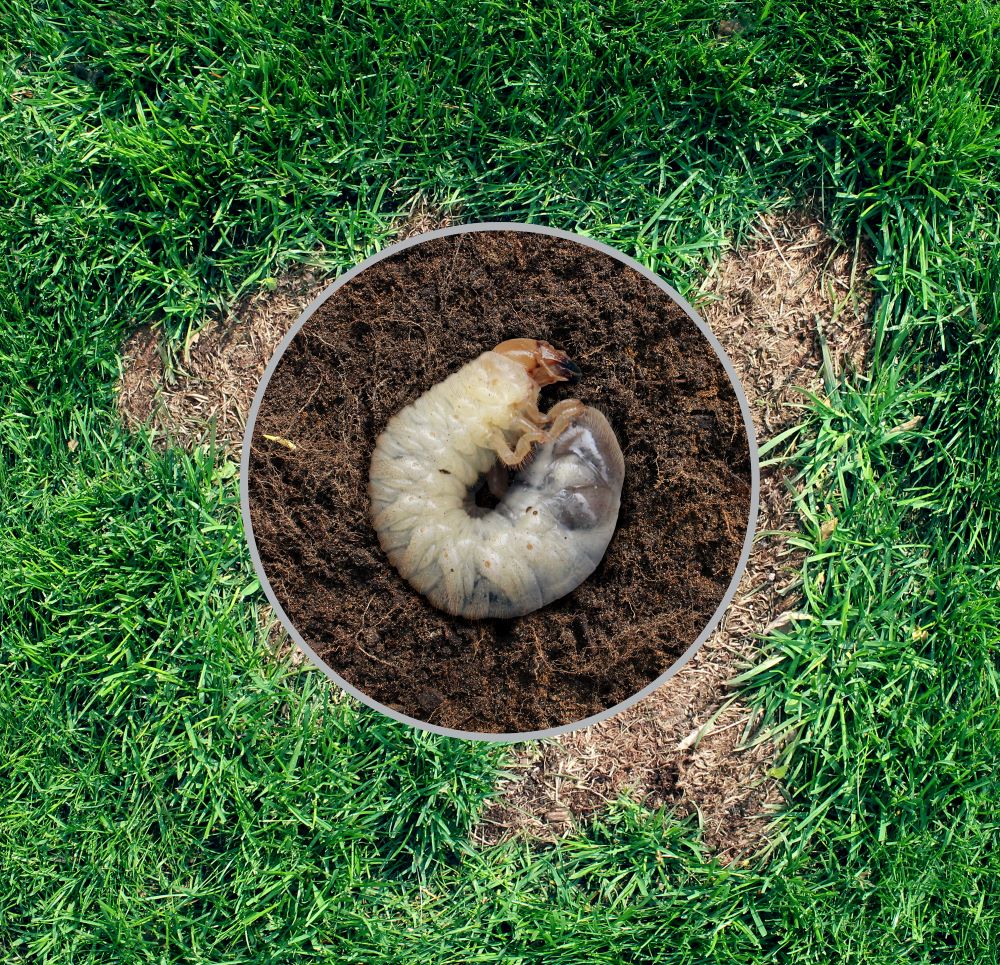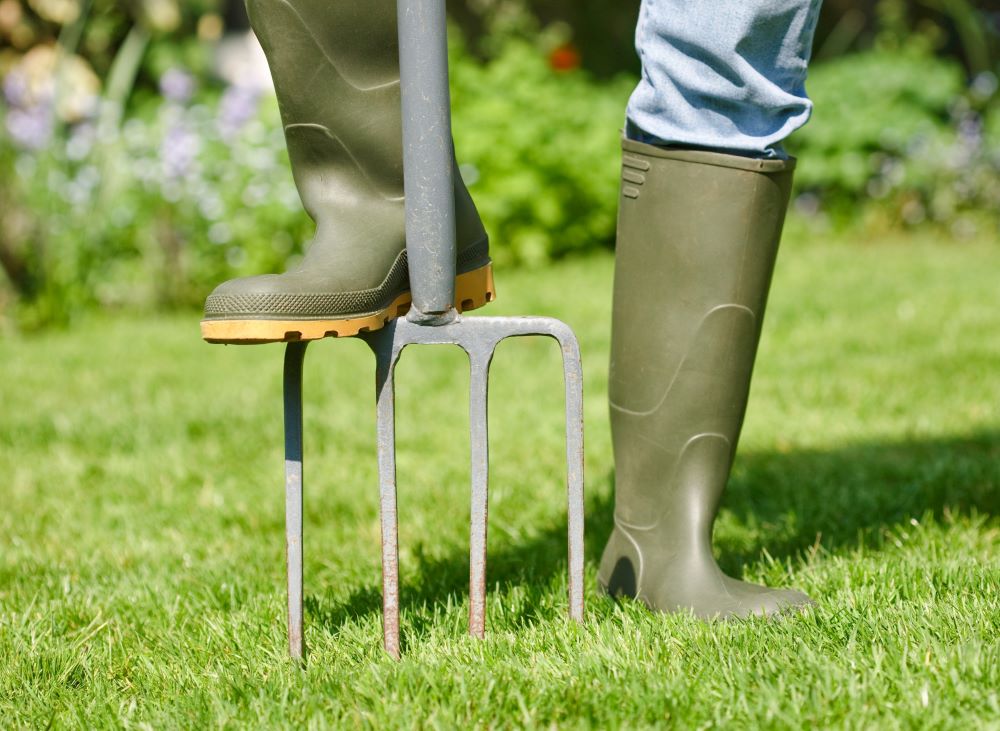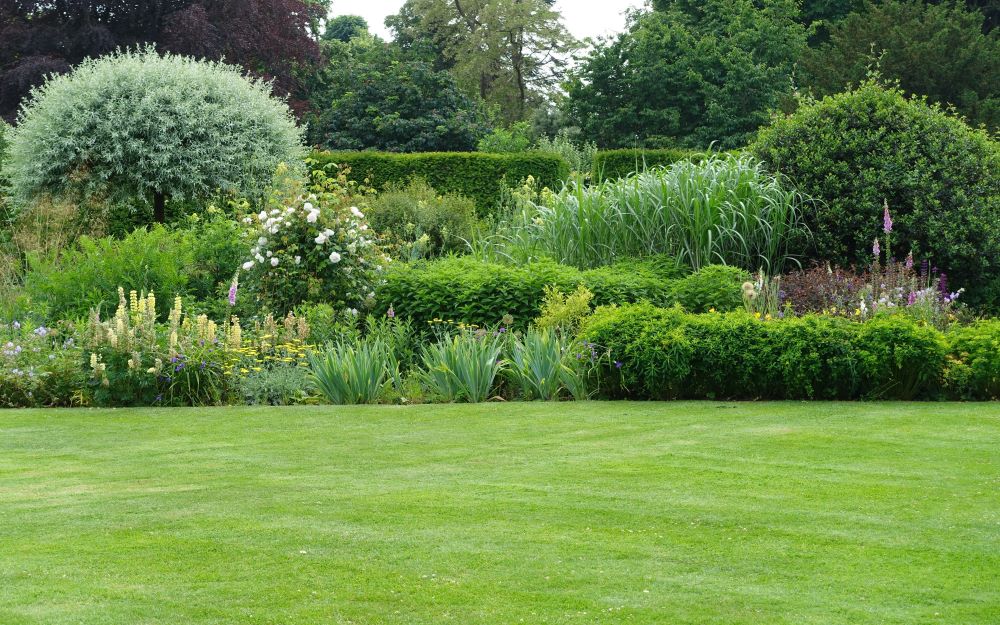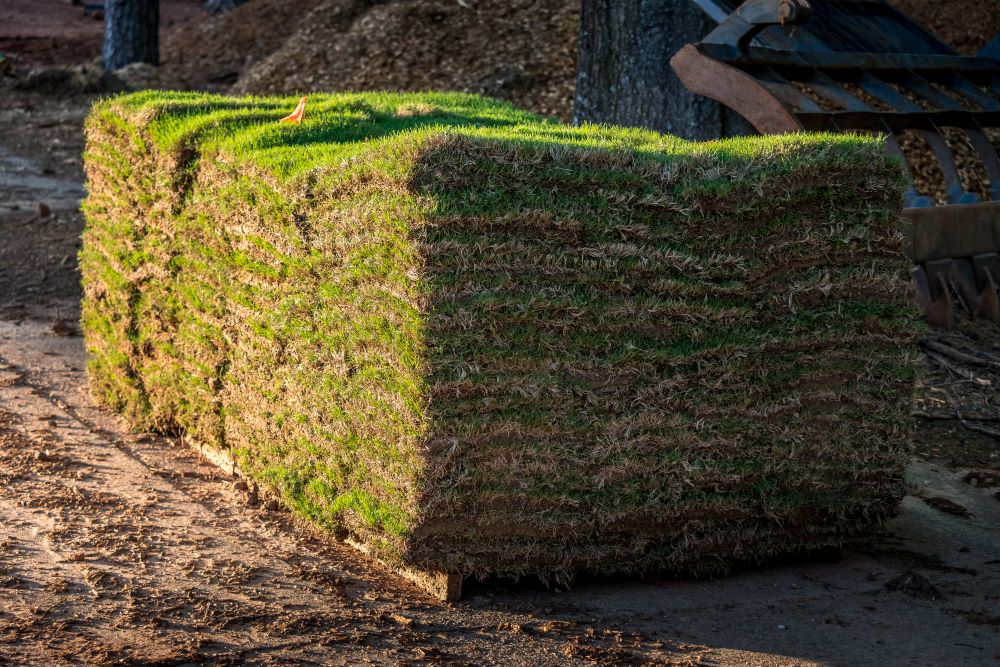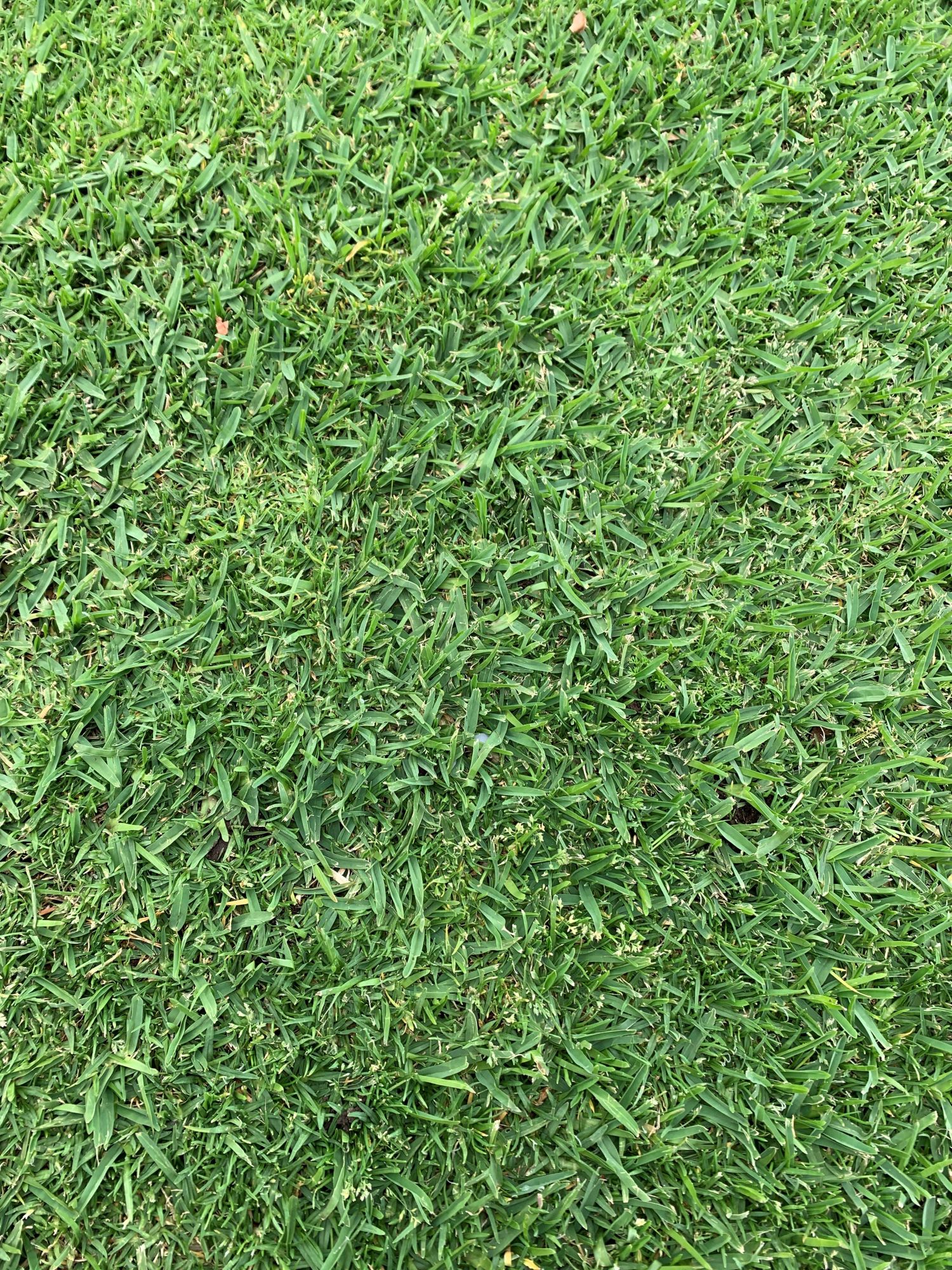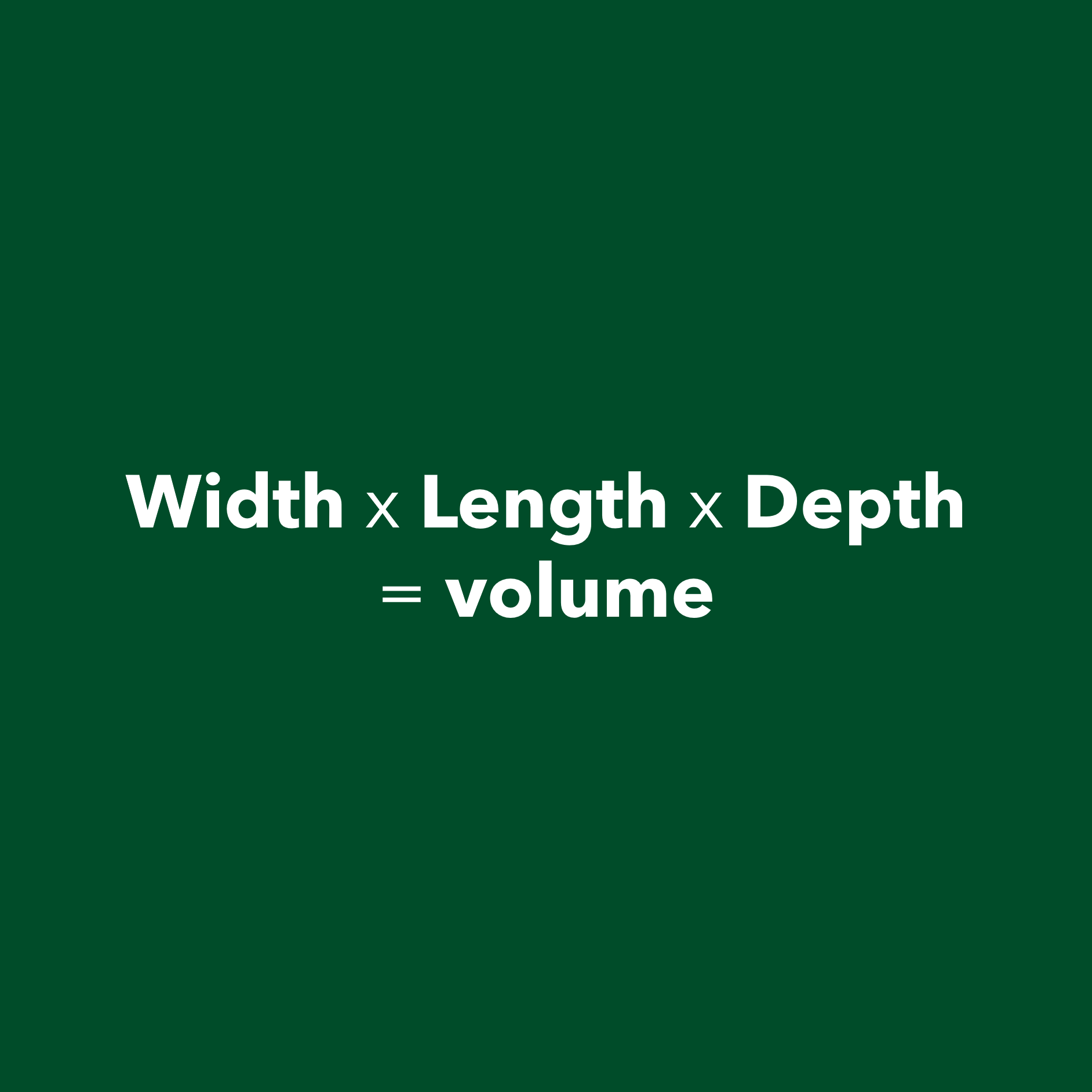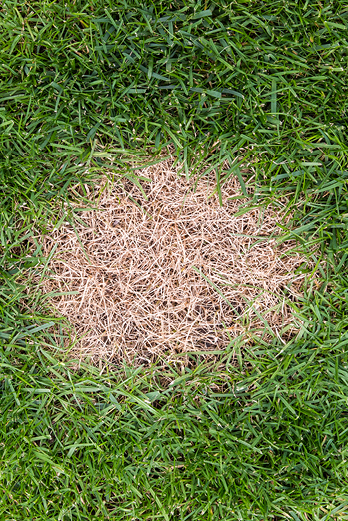Get on top of any weeds as soon as possible to prevent spreading. Here are some of the most common ones and how to get rid of them:
Clover.
Clover can easily be identified by its oval shaped leaves, commonly with 3 leaves (4 if you are lucky). In most cases when you see clover growing in your lawn it means that there is not enough nitrogen in your lawn, a fertiliser will help increase nitrogen and slow the clover down.
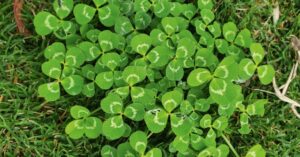
Clover can easily be treated with a common broadleaf herbicide. We recommend Buffalo Master.
View Buffalo Master.
Onion weed (Nothoscordum sp).
Onion weed is the worst type of weeds that can take hold in your lawn or garden as it is the most difficult to get rid of. Onion weed has green strappy leaves that grows from a white bulb which gives off an onion smell.
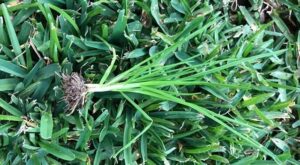
Do not try to pull the plant out of the ground, or shake excess dirt back off into the hole or compost. The small bulblets tend to pull away and leaves more bulbs in the ground to grow. Boiling water, or non-selective herbicide (like Roundup/ Glyphosate will kill any plant it touches. Try to use a paintbrush or similar to avoid your lawn if possible.
Creeping Oxalis.
Creeping Oxalis has small light green heart shaped leaves, very similar in appearance to clover. (Oxalis, have heart shaped leaves while clover has oval shaped leaves). Creeping Oxalis, as its name suggests, quickly runs along the surface of the soil and produces roots from the leaf as it goes. When seed pods mature, they dry out and explode, causing the seed to spread.
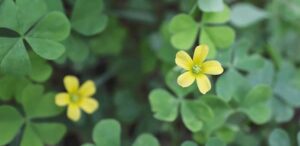
Creeping Oxalis can be treated with a common broadleaf herbicide. We recommend Buffalo Master.
View Buffalo Master.
Crowsfoot/ Crabgrass.
Crowsfoot is an annual summer weed that grows in tufts, staying fairly flat to the ground with almost white flat sheathed stems and smooth strap-like leaves. Seed heads can have as many as 10 spikelets on each long stem. Pull them out before they spread.

Easiest to remove this weed is to pull out by hand.
Bindii.
Bindii is a low growing weed with a flower at its center. At maturity, the flower will produce a prickly seed pod.
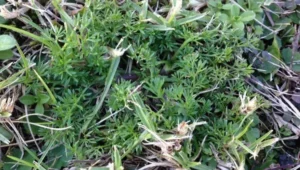
Bindii can be removed by hand but it is much easier with Buffalo Master.
View Buffalo Master here.
Nutgrass.
Nutgrass is identifiable as it is usually a lighter green than the rest of your lawn and tends to grow taller. It has 3 blades that shoot up from the stem and has a triangular stem.

You can treat Nutgrass with a selective like herbicide Lawn Solution Sedge Control. Never attempt to remove Nutgrass by hand. Nutgrass has nuts or bulbils that grow from its roots, when you try to pull it out by hand these bulbs easy spread.
View Sedge Control.
Summer grass.
An annual weed which has soft hairy leaves that grow close to the ground in clusters. Summer grass spreads by seed, it is extremely important that you remove before this happens.

Easy to remove by hand. Since it is annual you can use a pre-emergant herbicide to stop it before it germinating.
Cudweed.
Cudweed has glossy light green leaves in a rosette shape. Under the leaf, it is white and furry. It has various flowering habits from mid-spring to early summer, or in autumn.

We recommend using a common broadleaf herbicide like Buffalo Master.
View Buffalo Master.
Winter Grass.
Botanically known as Poa Annua, is a low growing weed that has soft, drooping green leaves, and grows in tufts with white seeds. When continued to grow, it produces triangular seed heads.

Amgrow Winter Grass Killer, is a selective herbicide safe to use on most turfs, however do not use on Kikuyu. Since it is annual you can use a pre-emergant herbicide, such as Oxafert.
View Amgrow Winter grass killer.
Read more about HERBICIDE here.


